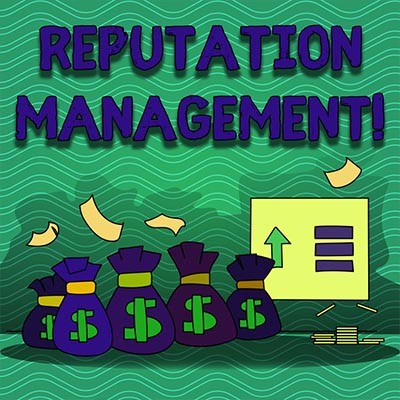PCSOFT Blog
How to Successfully Manage Your Reputation
In the business world, it’s easy to step on someone’s toes without realizing it until it’s too late. Nowhere is this more true than with anyone you provide goods or services. Managing your online reputation is especially important, as anyone could get on their social media accounts and slander your organization or write up a bad review of their experiences. We’ll show you how to mitigate the damage done.
Have you ever heard the phrase, “The customer is always right?” Well, this is true. The meaning behind this is that you’re still obligated to help your customers, even if they may have misinterpreted or misunderstood the extent of your services. We don’t mean to bow to every wish of your customers--merely provide them with customer service or something to placate them and soothe their anger. To this end, communication is key.
How to Communicate with an Unhappy Client
Let’s say you are reading reviews for your product on a website. You find an unhappy review, be it a scathing indictment of your company’s failure to please them or a simple Facebook comment complaining about something-or-other. You might be upset about it, and you don’t have to like it, but it’s still your responsibility to make things right. You just have to make sure that this unhappiness doesn’t translate into your interactions with the client moving forward, as it makes “peace negotiations” more challenging. Go into this process understanding that the client has every right to be upset.
Retain a cool composure and respond both directly and politely to any negative review. This initial contact should be public so that others can see you trying to make amends. Offer to make it right in a less-than-public way, too. If the reviewer accepts, try to create a situation that is mutually beneficial to each of you.
While it might be tempting to just remove the negative review, think again--if you delete it, you might appear to be hiding something. You should use this opportunity to resolve an issue and encourage a user to revise their review to include how promptly you addressed the issue.
Reviews Can Help You Out
If you find new reviews that are good, you can always respond to them and use them as a jumping off point for keeping an established connection with a valued customer strong. Think about it this way; if a customer notices that you only respond to negative reviews on your public profiles or website, they will think you are in a perpetual damage control mode with no appreciation for the people who take the time to leave a nice review. In its most basic form, a good review is a result of a successful onboarding process, meaning that contacts have been engaged and satisfied beyond the services rendered.
While managing your reputation can be challenging, it’s a necessary part of your organization’s success. PCSOFT can help your organization have an easier time of it by managing your technology. To learn more, reach out to us at 02 98730080.


Comments